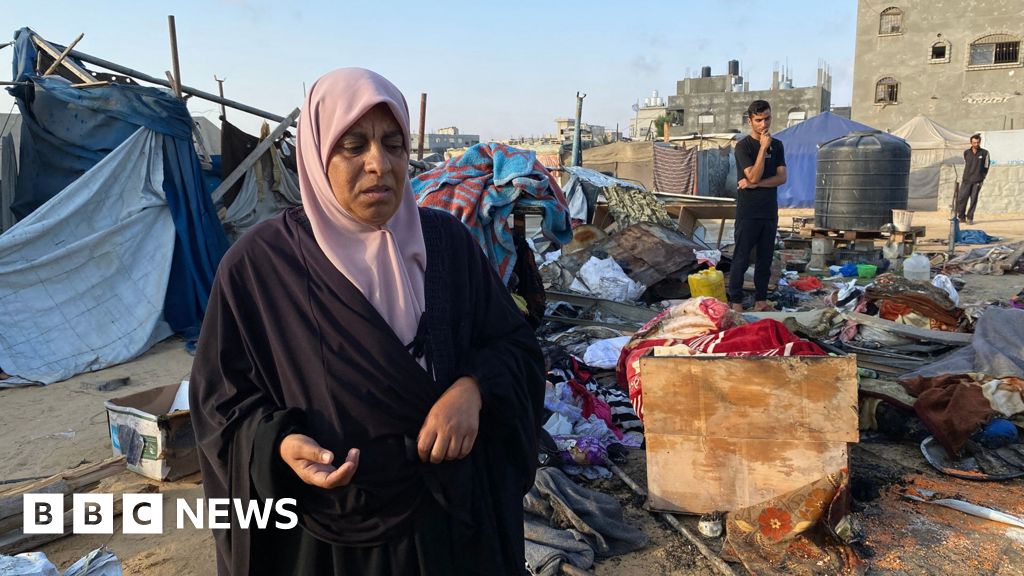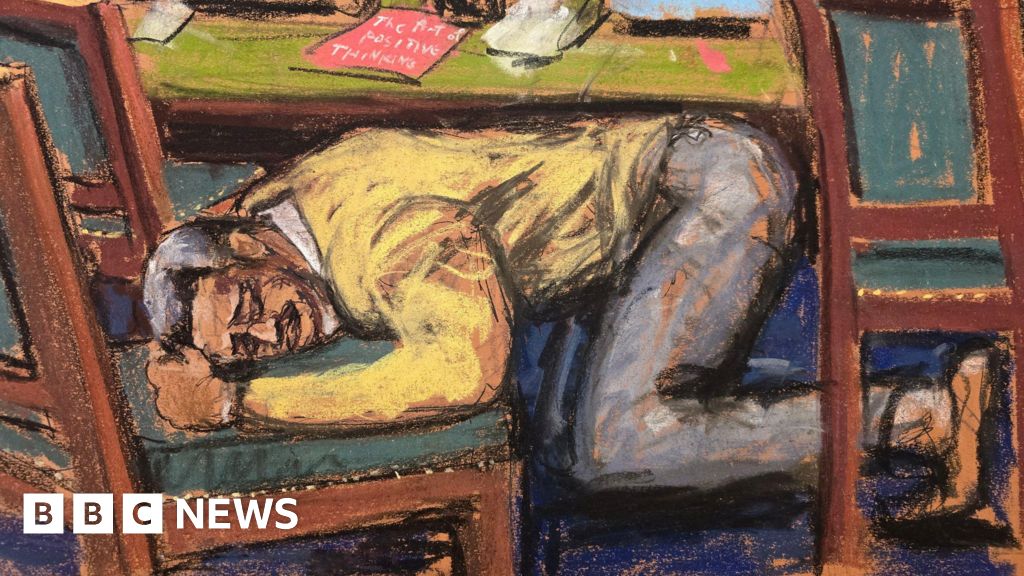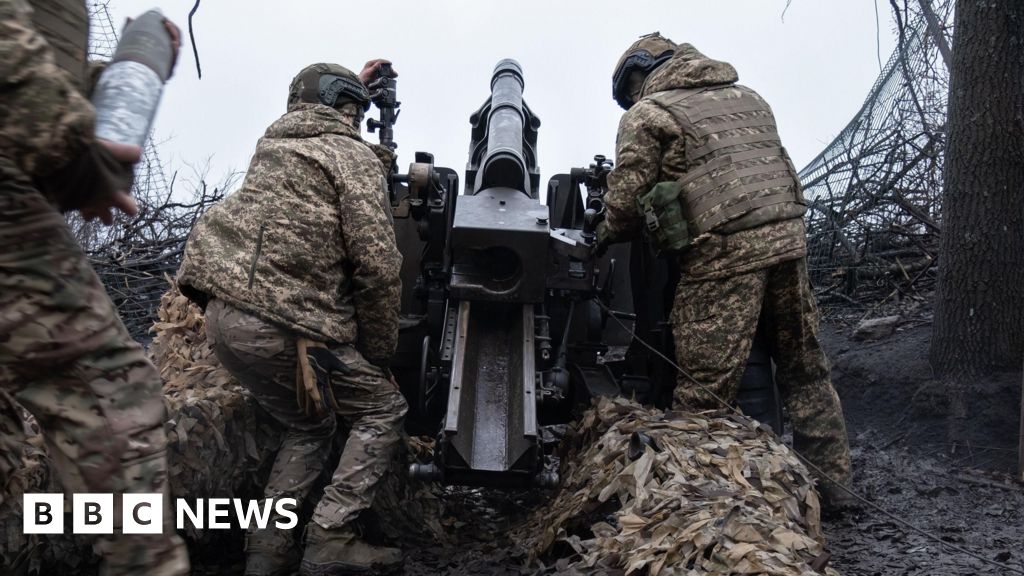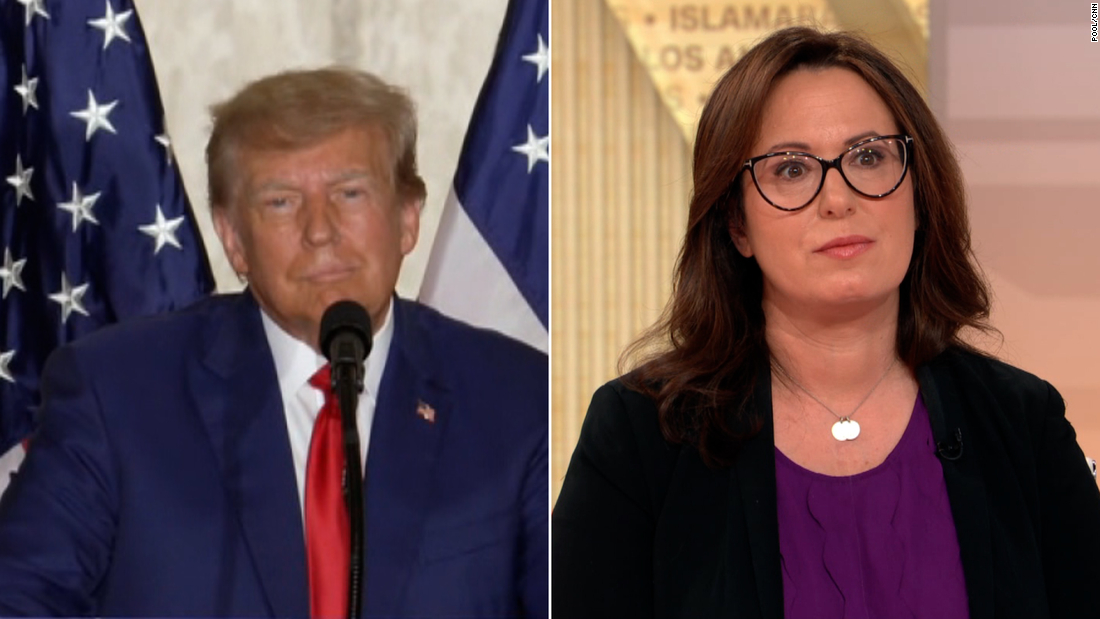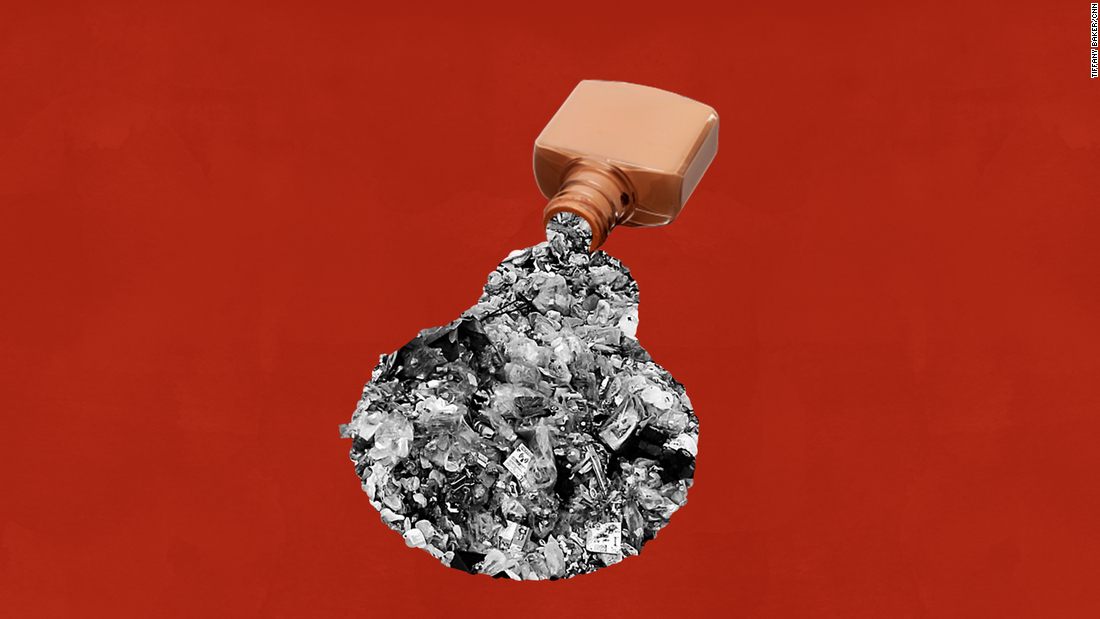Trump says Israel has agreed to conditions for 60-day Gaza ceasefire
4 hours agoShareSaveWyre DaviesBBC NewsReporting fromJerusalemRushdi AbualoufBBC Gaza correspondentReporting fromReporting from CairoShareSaveAFPIsrael's military operation has continued across Gaza this week – pictured here is damage after a strike on a camp for displaced people in Khan Younis
Israel has agreed to the "necessary conditions" to finalise a 60-day ceasefire in Gaza, US President Donald Trump has said.
In a post on Truth Social, Trump said the US would "work with all parties to end the War". He did not give details on the proposed truce.
"I hope… that Hamas takes this Deal, because it will not get better – IT WILL ONLY GET WORSE," Trump wrote.
Israel has not confirmed it agreed to the conditions. A Hamas official told the BBC the group was "ready and serious" to reach a deal if it ended the war.
A Palestinian official familiar with Hamas's negotiations with mediators told the BBC the proposal offered no substantive changes to an earlier offer the group rejected in June.
"The core issues remain unresolved," the Palestinian official said, referring to the talks currently taking place with Qatari and Egyptian mediators.
Earlier, Hamas official Taher al-Nunu told the BBC that the group was "prepared to agree to any proposal if the requirements for ending the war are clearly met or if they lead to its complete end".
In a statement the group said it was aiming to reach an agreement that "guarantees an end to the aggression, the withdrawal [of Israeli forces], and urgent relief for our people in the Gaza Strip".
Israeli Foreign Minister Gideon Sa'ar posted on X that there is majority support in the government "for a framework to release hostages," and this opportunity "must not be missed".
For Israel, the key component of any deal will have to be the release of most, if not all, hostages still being held in Gaza.
Of the 50 or so hostages remaining in captivity, more than 20 are still thought to be alive and their plight has been at the forefront of regular demonstrations in Israel calling for an end to the war.
A recent Israeli newspaper poll suggested that a significant majority of Israelis wanted the war to end – but polling on Wednesday, from the Israel Democracy Institute, also suggested that most Israelis still did not trust Israeli Prime Minister Benjamin Netanyahu, or his intentions.
Netanyahu has for months insisted on "complete victory" over Hamas before ending the war. It's unclear if his position will now change under renewed pressure from Washington – and the answer could be pivotal to reaching a deal.
But on the Hamas side, optimism remains low.
According to a source, Hamas's representative in Cairo Ghazi Hamad is leading discussions on behalf of the group in Egypt.
However, the Palestinian official told the BBC that no new proposals had been put forward by the mediators. Instead, efforts appear focused on recycling, reworking the existing proposals by US special envoy Steve Witkoff – a framework that falls short of key Palestinian demands.
The current draft does not include guarantees that the war will come to a permanent end after the ceasefire expires, nor does it ensure an Israeli military withdrawal to positions held before 19 January.
Trump's announcement about a possible ceasefire comes before a meeting with Netanyahu scheduled for next week, in which the US president has said he would be "very firm".
He earlier said he believed Netanyahu wanted to end hostilities in Gaza. "He wants to. I can tell you he wants to. I think we'll have a deal next week," Trump said.
But without a guarantee to end the war, Hamas may question the value of releasing all the hostages if the Israeli military is likely to resume bombing Gaza.
Another consideration before an agreement could theoretically be signed is Hamas's demand for a partial Israeli military withdrawal from Gaza, at least for the duration of the ceasefire.
The international community is also likely to lobby hard for the resumption of full-scale UN-backed aid deliveries into Gaza.
Prior to Trump's announcement, Israel's ambassador to the UN, Danny Danon, told the BBC Israel was "absolutely" ready for a ceasefire.
Danon said Hamas was "playing hardball".
"We are putting pressure on Hamas, and if they will not come to the table, the only option we will have to bring back the hostages, is to apply more military pressure.
"The war will end when the hostages are back home," the Israeli envoy added.
Trump's comments come shortly after Israel ordered evacuations in northern Gaza ahead of increased military action. At least 20 Palestinians were killed in an Israeli air strike on a seafront cafe in Gaza City on Monday, according to medics and eyewitnesses.
Israel launched a military campaign in Gaza after Hamas's 7 October 2023 attack on Israel, in which around 1,200 people were killed. At least 56,647 have been killed in Gaza since then, according to the territory's Hamas-run health ministry.
The Israeli military this week also said it was examining reports of civilians being "harmed" while approaching aid distribution centres in Gaza run by the US- and Israeli-backed Gaza Humanitarian Foundation (GHF).
Gaza's Hamas-run health ministry said on Tuesday that as of 28 June, 408 people had been killed trying to reach aid at GHF aid sites.
More than 170 charities and other NGOs have called for the controversial group to be shut down. Organisations like Oxfam and Save the Children say Israeli forces "routinely" open fire on Palestinians seeking aid.
Israel denies this accusation and says the organisation is necessary to bypass Hamas interference in aid distribution.
In March, a previous ceasefire deal collapsed when Israel launched fresh strikes on Gaza. The Israeli military described the action as "pre-emptive strikes… based on Hamas's readiness to execute terror attacks, build up force and re-arm".
The previous ceasefire deal between Israel and Hamas – which started on 19 January – was set up to have three stages, but did not make it past the first stage.
Stage two included establishing a permanent ceasefire, the return of remaining living hostages in Gaza in exchange for Palestinians imprisoned in Israel, and the complete withdrawal of Israeli forces from Gaza.
Additional reporting by James Chater
Get our flagship newsletter with all the headlines you need to start the day. Sign up here.
Israeli military investigates 'reports of harm to civilians' after hundreds killed near Gaza aid sites
Netanyahu hopes for boost from Iran conflict – but do Israelis still trust him?
US-Israeli backed Gaza aid group must be shut down, say 170 charities
Middle EastIsrael-Gaza warIsraelHamas
Sursa: BBC News
